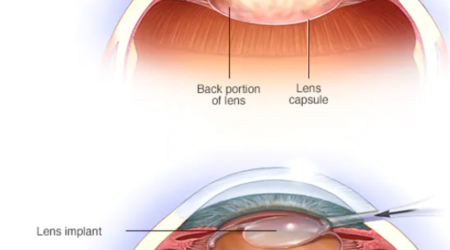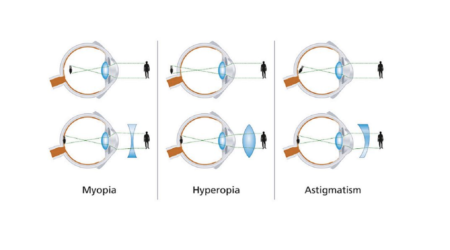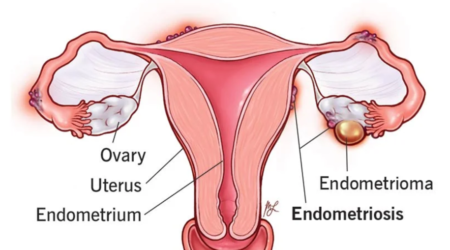How to Test If A Woman Is Infertile?
Have you ever wondered why the little pink line on the pregnancy test fails to appear even after months of trying? Here are some of the possibilities.
If you are under 35 and haven’t gotten pregnant after a year of trying without any problems during intercourse (no coital difficulties) and haven’t been using birth control – you might be experiencing infertility.
If your periods are irregular, you have discomfort during sex, or you’ve been diagnosed with endometriosis or PCOS, you are at risk of infertility.
If you are over 35 years old, a six-month trial may be sufficient to initiate an investigation for fertility. So, if you fall under any of these categories, it’s time to get those tests done because early detection can help to determine the causes and timely treatment.
Understanding the Causes of Infertility
The main culprits behind infertility are divided into three categories: ovulatory causes, tubal causes and uterine causes.
- Ovulatory Causes: The issues prevent the ovaries from releasing healthy eggs every month, making it difficult for the sperm to find their match. The most common causes may include anorexia nervosa, bulimia, weight fluctuation, polycystic ovarian syndrome (PCOS), hypothalamic dysfunction, and excess production of prolactin.
- Tubal Causes: Damage or blockage of the fallopian tubes hinders both fertilization and implantation. The main causes of fallopian tubes may include pelvic inflammatory disease, tuberculosis or hydrosalpinx.
- Uterine Causes: Several uterine or cervical causes can also interfere with egg implantation and cause infertility in women. These causes may include fibroids, myomas, polyps, congenital septae, or cervical stenosis.
- Other Causes: Other factors like thyroid problems, environmental toxins, age, and even your partner’s sperm health can also interfere with your ability to conceive a baby.
Diagnosis of Infertility
Now, we clearly understand the causes of infertility in females. But how could we find out them? Simple – with a few infertility tests. These tests may include the following:
Medical History and Physical Examination: To diagnose the root of infertility, the initial step is checking your overall physical health and sexual history. This information is crucial for accurate diagnosis and treatment planning.
Ovulation Testing: Ovulation testing tracks your cycle to determine if you release eggs regularly. A baseline scan and follicle monitoring are used to track the growth and development of the egg follicle to detect infertility in women. Your fertility specialist will perform an AMH (Anti-Müllerian hormone) test to check the egg reserve. A day 2 FSH test may also be performed to check the follicle-stimulating hormone (FSH) levels, which can indicate potential issues with ovulation.
Tubal Testing: It helps check for any fallopian tube blockages. These tests may include hysterosalpingography (HSG) and sonosalpingography (SSG). In some cases, when there is tubal pathology, your fertility specialist at the best IVF centre in Delhi may perform a laparoscopy. Laparoscopy not only helps in diagnosis but also helps to treat any tubal blockage.
Pelvic Causes Testing: It helps to detect uterine conditions. These tests may include:
Ultrasound: This imaging technique helps assess uterine structure, fibroids, polyps, and other abnormalities.
3D Ultrasound and MRI: These advanced imaging tools provide detailed views of the uterus for complex cases.
Hysteroscopy: It allows direct examination of the uterine cavity and can be used to diagnose and treat uterine adhesions, thin linings, or abnormal tissue growth.
Understanding the causes and tests available for female infertility empowers couples to make informed decisions about their reproductive health. If you notice any sign that is related to infertility in women, consult an experienced fertility specialist like Dr Rhythm Gupta for early diagnosis. Early detection can significantly increase your chances of conception.












Leave a Reply